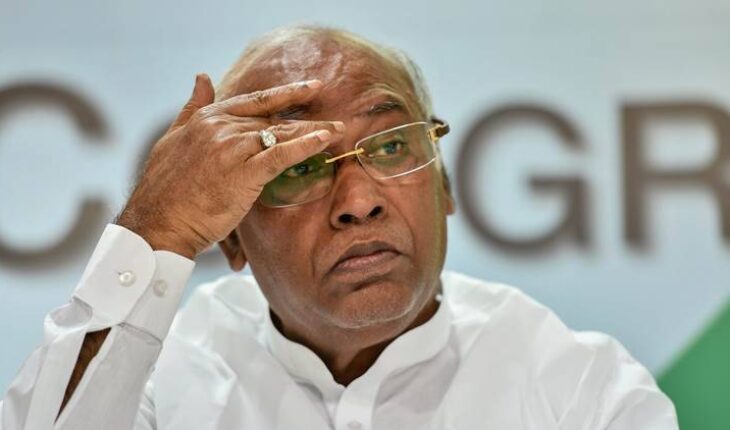As foretold, Mallikarjun Kharge has won the contest to become the Congress president. He will take charge on October 26. The challenge of the contest would not have prepared him for his innings at the helm of the country’s oldest surviving party. The party desperately needs new disruptive energy, but Kharge embodies stability at the cost of dynamism. His ageing shoulders have to carry the burden of expectations of not only the Congress workers but also of all those in India who hope the wobbling party finds its feet soon. Kharge will have to shake off the tag of being a representative of the establishment, and his starting point should be the Udaipur declaration of the party that vowed to curtail the prevalent practice of a handful of families cornering numerous political positions and open up the party to younger, diverse sets of people. His first photographs after winning the election had his son, a Congress politician, in the frame, which was bad optics. The Congress must have a fair and more balanced representation for various castes, genders, regions and professional and social backgrounds in order to be able to challenge the totalising politics of the Bharatiya Janata Party. As the new president, Kharge will have to get the Congress in fighting shape and also reach out to potential partners and the wider public by articulating a refreshed ideological and moral purpose of the party. The three members of the Gandhi family will remain the last word in the Congress and Kharge’s election is itself the latest proof of that, though an original plan to install Rajasthan Chief Minister Ashok Gehlot at the helm went awry. While the Congress can take pride in the fact that it raised the standards of inner party democracy, attempts by several officials of the party to tilt the scale in Kharge’s favour were unmistakable.
Tough roads ahead for new Congress President Kharge
Published Date: 23-10-2022 | 6:33 am





